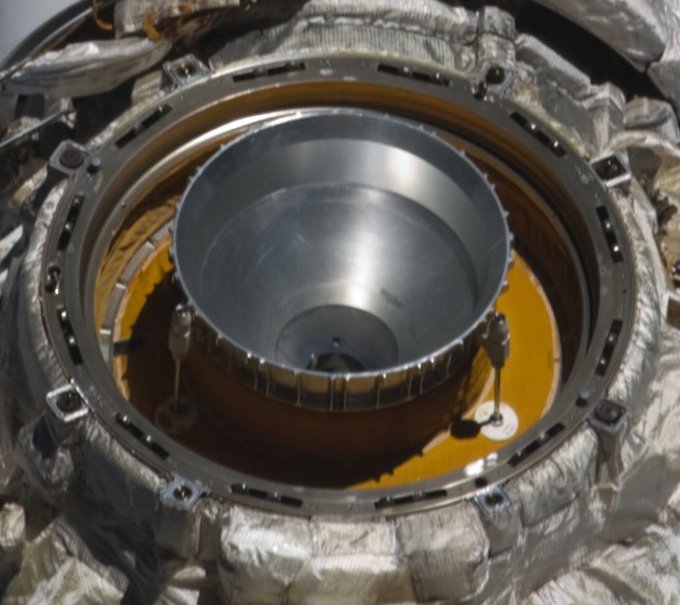Scruce
Ad astra per aspera
- Joined
- Sep 17, 2010
- Messages
- 1,410
- Reaction score
- 0
- Points
- 0
Well, It's been seventy seven days since STS-135 landed at KSC, the Space Shuttle is complete. But, was it worth it?
Had NASA avoided the Shuttle program and instead continued to use Saturn and commercially available boosters, costs might have been lower, freeing funds for manned exploration and more unmanned space science.
The Saturn program, if continued, could have provided six manned launches per year (two of them to the Moon) at the same cost as the Shuttle program, with an additional ability to loft infrastructure for further missions.
The cost of a Saturn V including launch was $185 million ($1.11 billion in 2011 Dollars).
The average cost per flight for the Space Shuttle has been about $1.3 billion (2011 Dollars) over the life of the program and an extra $750 million over its most recent five years of operations.
If we had continued the Saturn Program, we would be on Mars today, not writing about it as a subject for "the next 50 years." We would have decades of experience operating long-duration space systems in Earth orbit, and similar decades of experience in exploring and learning to utilize the Moon.
Had NASA avoided the Shuttle program and instead continued to use Saturn and commercially available boosters, costs might have been lower, freeing funds for manned exploration and more unmanned space science.
The Saturn program, if continued, could have provided six manned launches per year (two of them to the Moon) at the same cost as the Shuttle program, with an additional ability to loft infrastructure for further missions.
The cost of a Saturn V including launch was $185 million ($1.11 billion in 2011 Dollars).
The average cost per flight for the Space Shuttle has been about $1.3 billion (2011 Dollars) over the life of the program and an extra $750 million over its most recent five years of operations.
If we had continued the Saturn Program, we would be on Mars today, not writing about it as a subject for "the next 50 years." We would have decades of experience operating long-duration space systems in Earth orbit, and similar decades of experience in exploring and learning to utilize the Moon.



